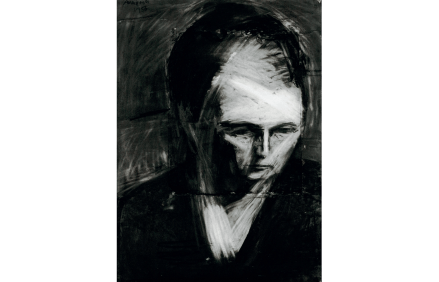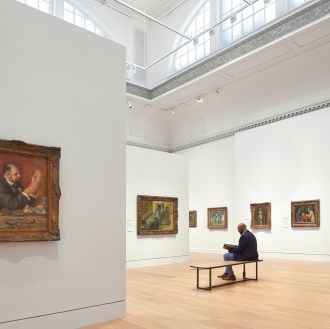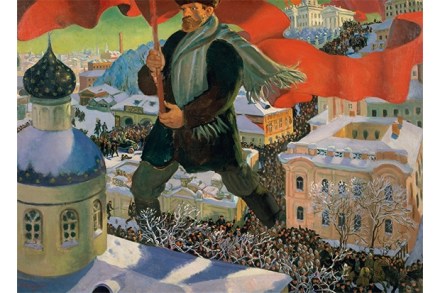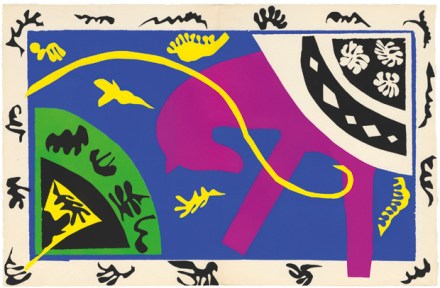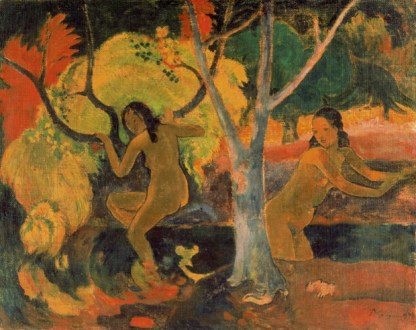The ghostly charcoals of Frank Auerbach
‘In some curious way, the practice of art and the awareness of the imminence of death are connected,’ Frank Auerbach said in 2012. ‘Otherwise, we would not find it necessary to do the work art finally does – to pin something down and take it out of time.’ There’s no sense of the imminence of death in Auerbach’s postwar landscapes of London building sites stirring with new life, but there is in his contemporary charcoal portraits, as scarred and sooty as the Blitzed city in which they were made. Auerbach started making large charcoal drawings from life as a student in David Bomberg’s evening classes at Borough Polytechnic, and carried
